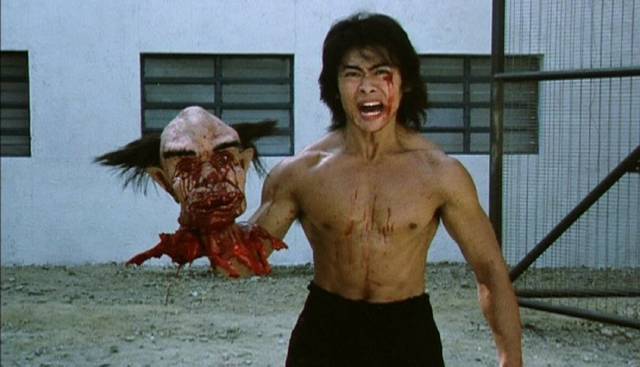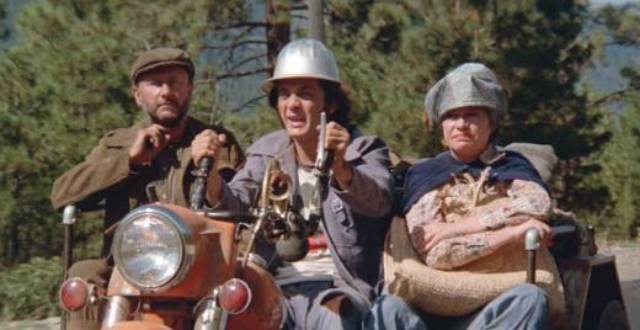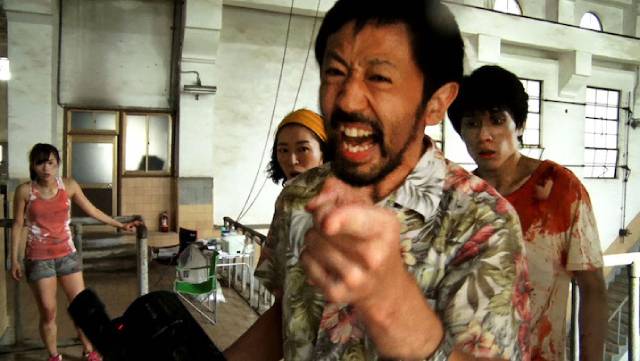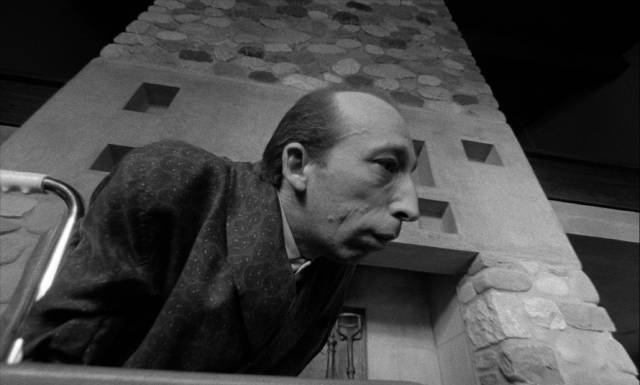
Asian genre movies often contain a dizzying mix of exhilarating action, slapstick comedy, graphic violence and gore, and wild supernatural horror – all of which are on display in recent releases from 88 Films and Eureka.

A relatively new label, Canadian International Pictures, has resurrected Gerald Potterton’s light and charming character-based comedy The Rainbow Boys (1973) in a fine Blu-ray edition with substantial extras. Another CIP release showcases Potterton’s National Film Board short The Railrodder (1965), a travelogue starring Buster Keaton towards the end of his life, along with John Spotton’s documentary about the making of the short, Buster Keaton Rides Again (1965), and another NFB travelogue, Eugene Boyko’s Helicopter Canada (1966), made to mark the country’s centennial.

In addition to their own regular schedule of releases, Vinegar Syndrome serves as an umbrella for an eclectic (and seemingly ever-growing) collection of small labels, many of which specialize in titles so far out on the fringe that their appeal lies in their strangeness and sheer audacity — like Pathogen (2006), a zombie movie made by 12-year-old schoolgirl Emily Hagins, or Final Flesh (2009), an experiment in which copies of a script were sent to producers of on-demand fetish porn who were free to film Vernon Chatman’s absurd apocalyptic family drama however they saw fit. The latest batch I received includes these, plus a sordid made-in-Florida slice of exploitation called Satan’s Children (1975), the faux ’80s local TV broadcast WNUF Halloween Special (2013), and a pair of more polished movies closer to the mainstream: Out of Order (1984), a claustrophobic German thriller about four people trapped in an elevator, and We’re All Going to the World’s Fair (2021), about an isolated teenager seeking connection in a potentially dangerous on-line cult.

When filmmakers attempt to tell a story in a single sustained shot they encounter a number of technical issues because they have to abandon many of the tools developed over the history of cinema. Two recent Japanese movie approach the challenge in very different ways, one (Yuji Shimomura’s Crazy Samurai Musashi [2020]) succumbing to the inherent limitations, the other (Shin’ichiro Ueda’s One Cut of the Dead [2017]) interrogating those limitations with great comic effect.

Recent releases from various Vinegar Syndrome partner labels offer a wide range of styles, from low-budget direct-to-video horror (Ronnie Sortor’s Sinistre [1995], Charles Pinion’s Red Spirit Lake [1993] and We Await [1996]) to a rediscovered slice of Cold War sci-fi/espionage from Switzerland (Jean-Louis Roy’s The Unknown Man of Shandigor [1967]).

A long cold winter, a working-from-home schedule and pandemic-induced malaise means I’ve been watching a lot of undemanding genre movies over the past few months. One of my primary sources in the past couple of years has been Vinegar Syndrome, a company whose dedication to unearthing obscure, often forgotten genre movies equals my own passion for watching them. Although by no means a complete account of my VS viewing, here are brief notes on two dozen titles.